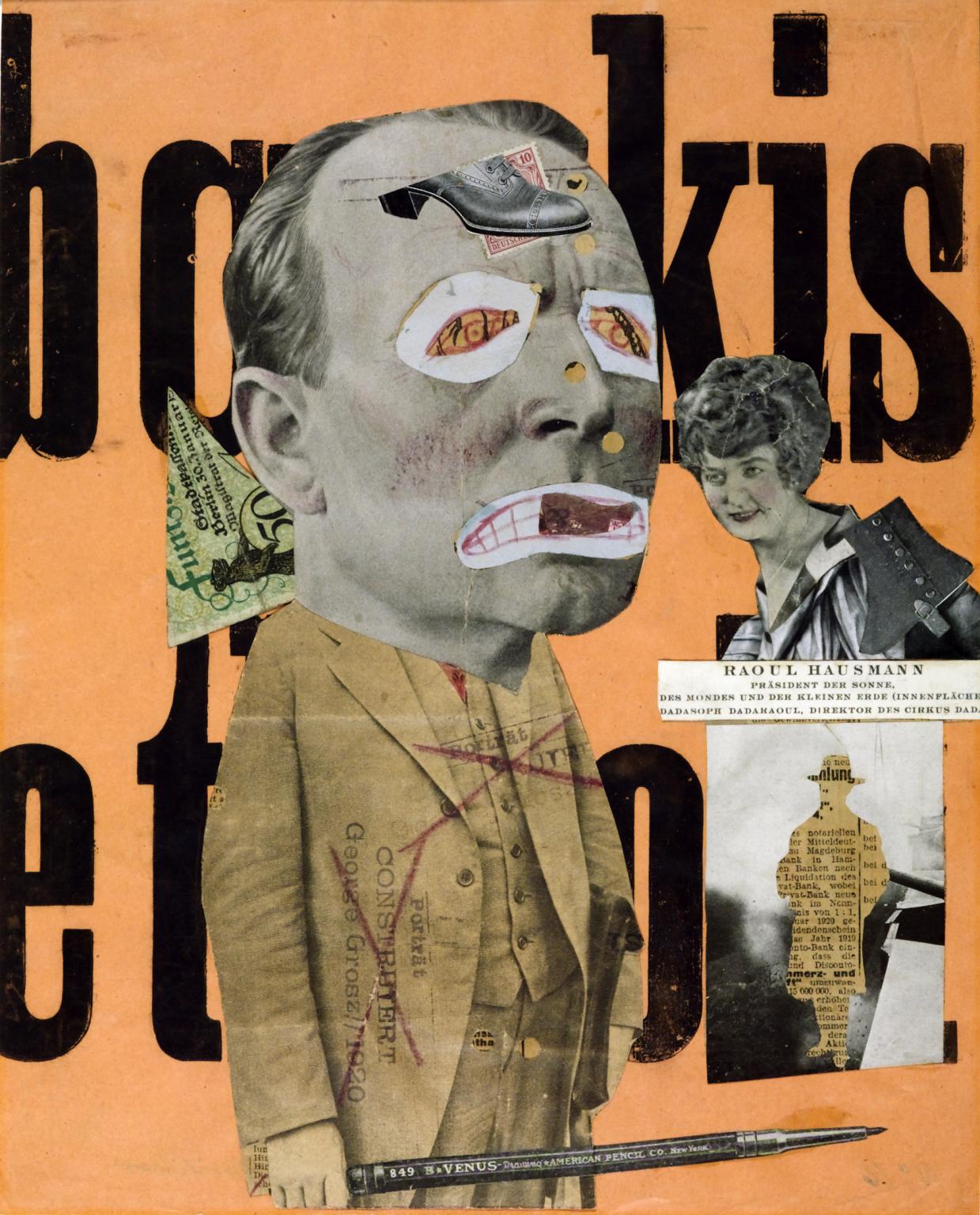Marcel Duchamp revolutionized the art scene with his new concept of the ready-made, Sophie Taeuber-Arp combined painting and sculpture with her upside-down bowl, Raoul Hausmann claimed a new genre – photomontage, while Tristan Tzara composed rhymeless verses devoid of any logical meaning. All are carried by one and the same idea: the Dadaism.
We are in 1916, Europe is annihilated, shattered by the conflict and ravaged by the fighting. This madness of war has made its heroes, like the great generals or the devoted soldiers, but also those who oppose the very idea of combat, disgusted by the absurdity of the last years that have cost the lives of more than 17 million men. Many fled the red zones, taking refuge in the counties far from the artillery fire. Among them, the German Hugo Ball, who after enlisting, decided to emigrate to Switzerland.
A history of lights
In early February 1916, Hugo Ball and his future wife, the poet and dancer Emmy Hennings, opened a new venue in Zurich’s old town, the Cabaret Voltaire. Spiegelgasse 1, remember the address, it still exists! A mix between the pre-war Berlin cabarets and those of Paris at the end of the 19th century, the hall quickly became the headquarters of a potpourri of cultural and intellectual refugees. A veritable laboratory of revolution through creativity and denunciation through aesthetics in a quiet alleyway, a stone’s throw from the Limmat. Literary, artistic and visual events are regularly organized, such as bizarre simultaneous readings, cacophonous texts with raw expressions, dances in surprising disguises, spontaneous performances, or this proclamation by Hugo Ball, wrapped in a cape and wearing a cylinder on his head, of his last unpronounceable poem: “gadji beri bimba glandridi laula lonni cadori”. If this scene seems absurd, it represents entirely the synthesis of the movement that will soon be created in this place. Progressively, a faithful collective of revolutionaries of the spirit is formed. Composed of the couple of the Cabaret, of the Swiss Jean Arp and Sophie Taeuber, respectively painter/sculptor and dancer/poetess, of the Romanian poet Tristan Tzara, of the German Richard Huelsenbeck, of the painter Marcel Janco, and others, it is called Dada. Thus, the peaceful Zurich became the epicenter of the development of the European avant-garde… unknown to its inhabitants. If today, the portrait of Sophie Taeuber-Arp proudly illustrates the 50 franc banknotes, in 1916 the people of Zurich were far from imagining that an international movement was immersing itself in one of the houses of the old town. Nor did they know that at the same time, at number 14 of the same street, a certain Vladimir Ilitch Ulyanov was preparing his revolution. But that’s another story.
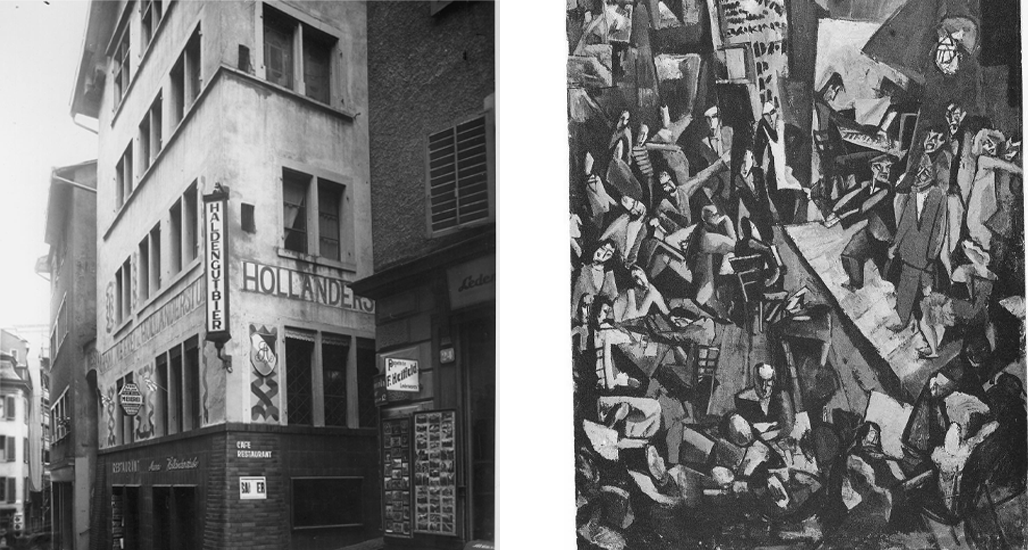
Manifesto of Dadaism
Dada is everywhere and “Everything is Dada” according to Tristan Tzara. But what is really behind these four bewitching letters? The founders of the movement rebelled against the norms in the artistic sphere as well as against the political situation. For them, formalism and logic are responsible for the beginning of the war, so the only thing left to do in front of the total absurdity of the world conflict is to create a world that would abandon the norms, would go beyond the limits. Lulled by aestheticism, spontaneity, irony and chance, they also denounce the established principles of bourgeois art, questioning the very notion of a work of art. They want to transgress the rules to leave this vicious circle of codes and pragmatism. For the dadaists, the language must be deconstructed with repetitions stripped of meaning. Finally, poetry can also be made with collages of words cut from magazines. And why not? Art can also be ready-made, which consists in diverting everyday objects to make works of art by the simple will of the author. Yes, yes, the famous fountain of Marcel Duchamp is an illustrious example. It is thus a protest against the time by the grotesque, the irony, the humor and the absurd which is read in the word “dada”. Moreover, there is some doubt about the origin of this name. Some say it is a universal word spoken by children, others that it is a reference to the logo of a soap producer of the time, perhaps the repetition of the Russian statement “da” or a word found by opening the dictionary on a random page? Everything can make sense in this movement in opposition to the meaning.
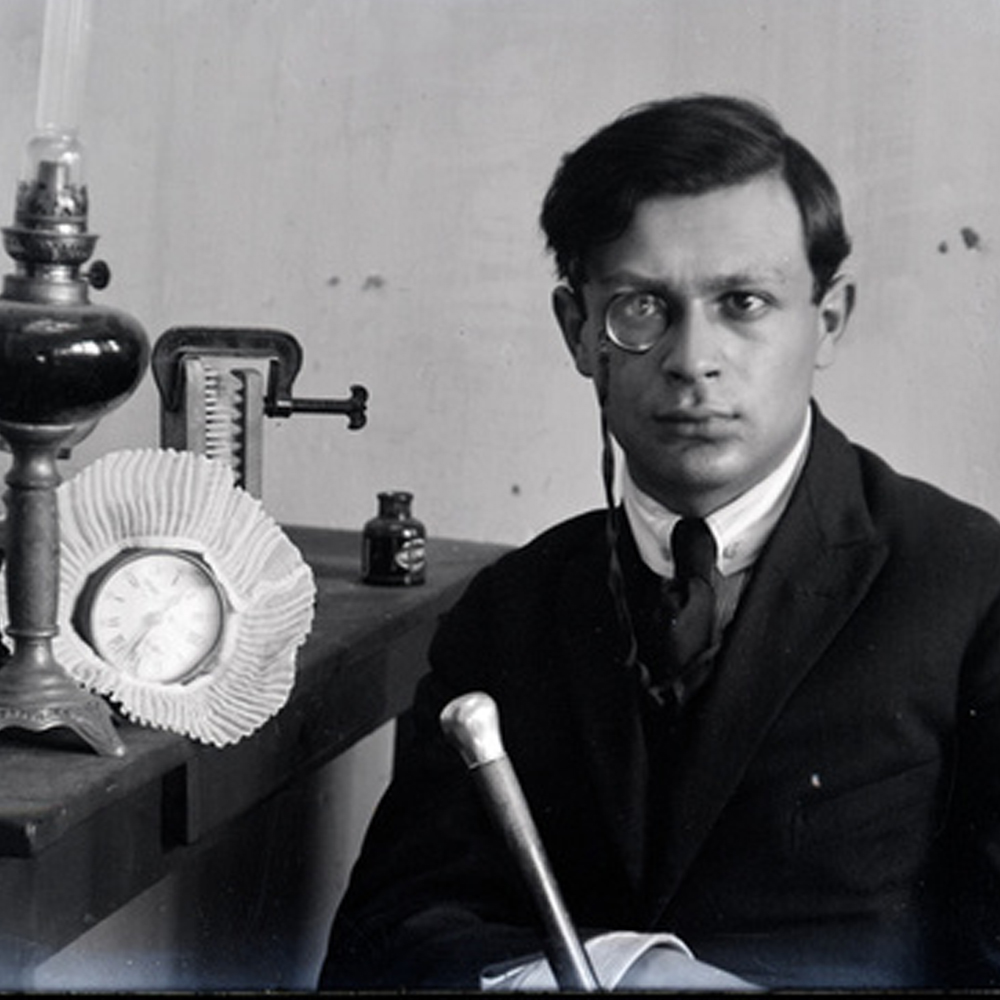

Beyond the borders
If Zurich Dadaism was only known by a local cultural elite, it quickly crossed the borders to find heirs all over the world. Propelled by manifestos, magazines, letters and its enthusiastic ambassadors, cosmopolitan Dadaism was quickly taken up in other cities. While in France, André Breton, Louis Aragon and Philippe Soupault quickly adhered to the principles of irony and provocation, it was Germany that witnessed a grandiose and much more revolutionary effervescence. Berlin saw the first international exhibition in 1920. Carried by Jean Arp and Max Ernst, it left the German capital for other cities before flying further to the Netherlands, Czechoslovakia, Yugoslavia or Georgia. If literary Dadaism with its zany language games was very present in Europe, the United States saw an expansion of the visual arts. The famous figures today, Man Ray, Marcel Duchamp and Francis Picabia, Frenchmen who fled the war, were its first adherents on American soil. If it was rapid and impertinent, this expansion also created divergences in ideas and positions, increasingly sawing through groups and countries. Finally, after a series of precursory events, the official end of Dada was pronounced in 1921, in the Belgian magazine Ça ira! That said, Dada is dead, long live Dada, since the movement gave birth to other artistic currents such as surrealism or pop art.
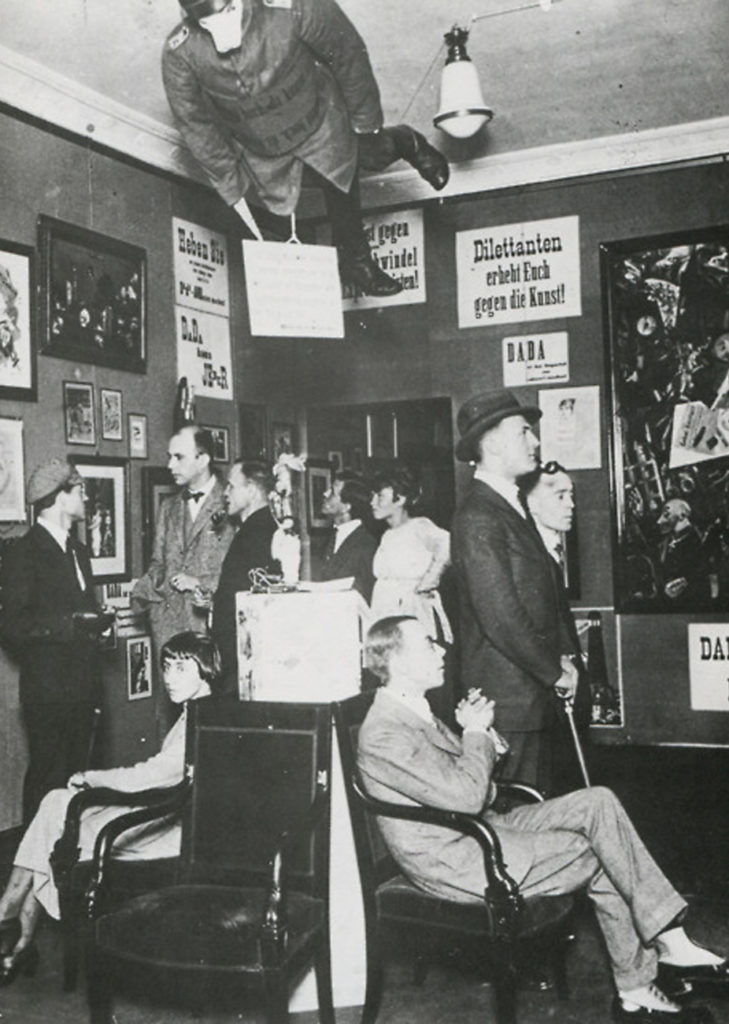

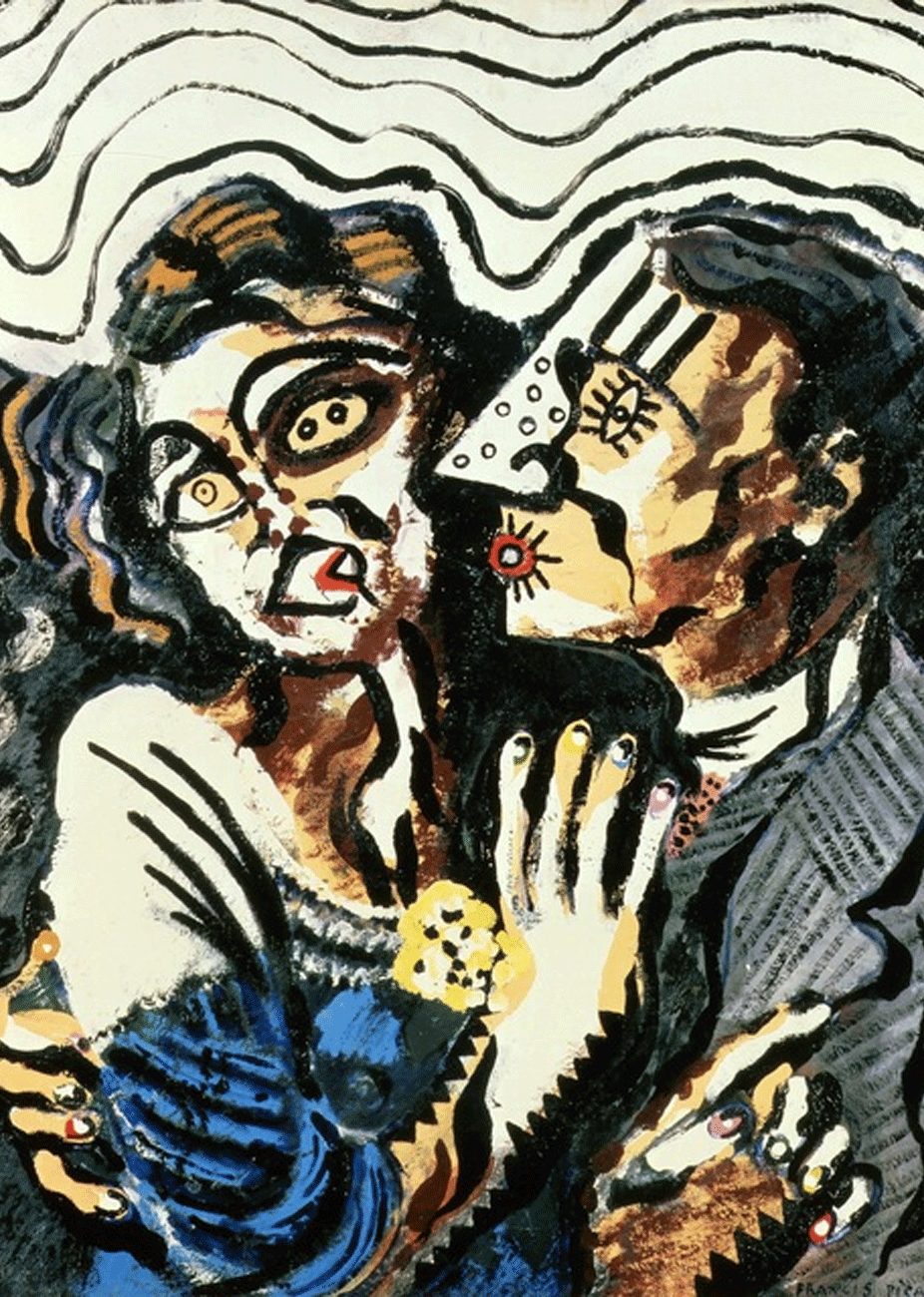
And the famous Cabaret Voltaire? It closed its doors only 5 months after opening, for “nightly disturbance and moral disturbance” it was said. Which was more disturbing? Until the beginning of the 21st century, this emblematic place fell into oblivion to the point where a Swiss insurance company was able to acquire the building to transform it into housing and stores. In 2002, a spontaneous squat of artists managed to save the Cabaret from immediate transformation, mediatizing the debate. The approaching centenary adds fuel to the fire and finally this cradle of one of the most important currents of the 20th century regains its letters of nobility. A café/bar, an exhibition room and an art bookshop have since reclaimed the two floors of the building, while two camping chairs mark the corner where Tristan Tzara and Hans Arp spent evenings revolutionizing the cultural sphere.
